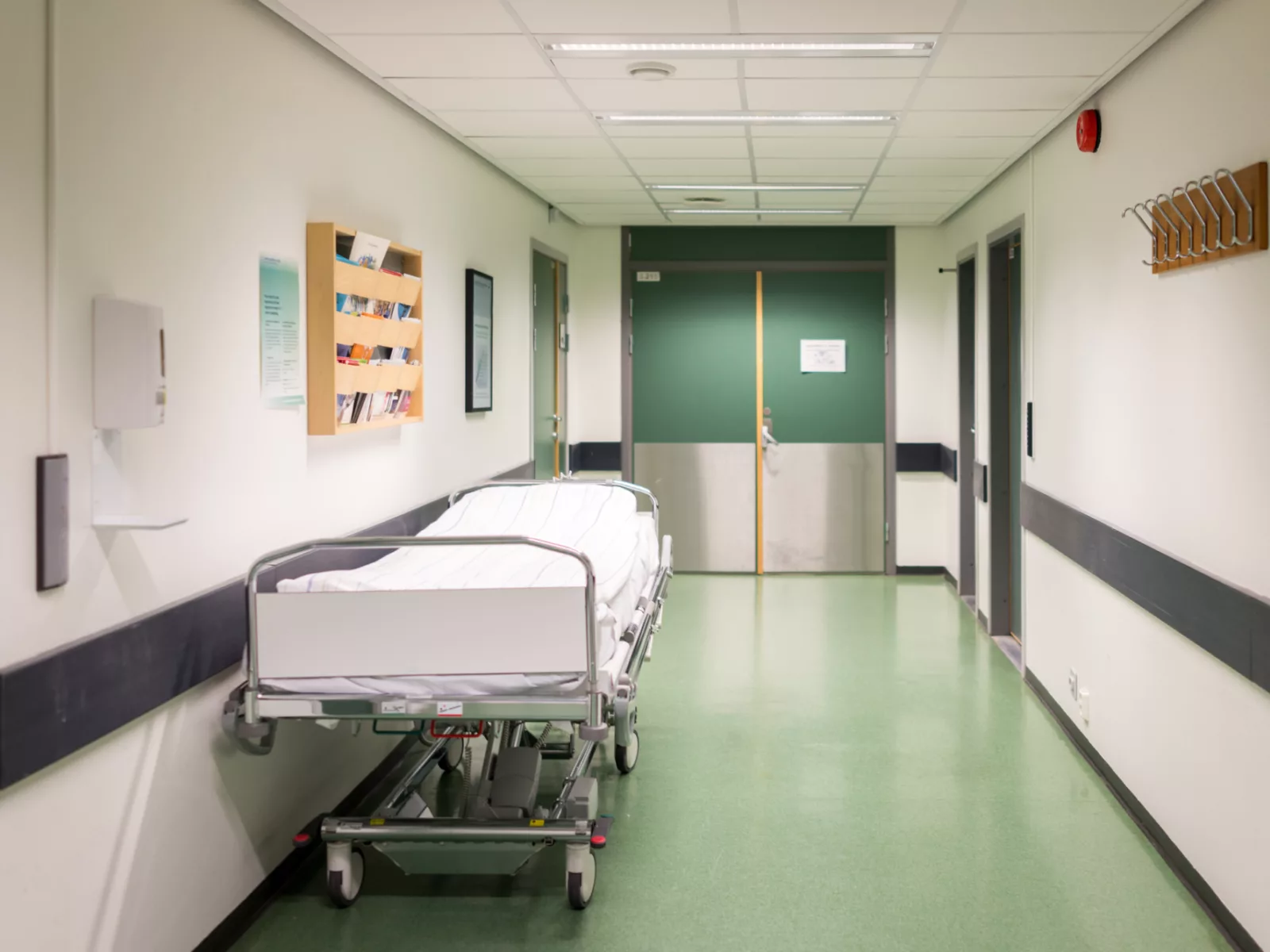For years, large hospital systems have been buying up independent physician practices, changing the name on the door, and rebranding them as hospital outpatient facilities. When this happens, they can charge 2 – 4X more, even when the patient sees the same doctor, for the same care, in the same building.
Comprehensive site-neutral payment reforms would fix this, by ensuring Medicare pays the same rate for the same service, regardless of where it’s provided. This lowers costs for patients, reduces wasteful spending, and protects the future of the Medicare program.
Lowers Cost of Care
Paying higher prices for the same services depending on the site of care increases spending for taxpayers and Medicare beneficiaries alike. With site-neutral reforms we could lower out-of-pocket health care costs and premiums.
Here is a look at current examples of the disparities in Medicare’s payments:
- $176.01 for an allergy skin test at a physician’s office, the same test jumps to $719.16 in a hospital-owned, off-campus outpatient clinic.
- $17.22 for a chest x‑ray at a physician’s office, the same x‑ray is $66.52 in a hospital-owned, off-campus outpatient clinic.
- $155.65 for radiation therapy delivered in a doctor’s office, the same therapy is $376.93 when given in a hospital-owned, off-campus outpatient clinic.
Reduces Incentives for Continued Consolidation
In recent years, care has shifted from lower-cost independent physician offices to higher-cost, hospital-owned outpatient facilities, even for routine services like office visits or MRIs. When hospitals can charge more for the same care, it creates incentives to further consolidate. This consolidation increases hospital market power, stifles competition, reduces choice, and drives up the prices paid in the commercial insurance market, in addition to increasing costs for Medicare beneficiaries and taxpayers.
Rural Hospitals Aren’t Harmed
The powerful hospital lobby argues that site-neutral payments will lead to service cuts, closures, and reduced access to care — especially in vulnerable rural areas. In fact, site-neutral payments are an important first step in lowering health care costs for rural patients. There are ways to support the important work of rural hospitals without leaving patients in those areas with higher costs that line the pockets of large and profitable hospital systems in the rest of the country. One bipartisan idea would repurpose a portion of the savings from reforms to aid struggling facilities.
Quality of Care Doesn’t Necessarily Improve in Higher-Cost Settings
For many outpatient services — like imaging, lab work, or routine procedures — the quality of care is comparable regardless of whether it’s performed in a hospital outpatient department or a physician’s office. The services affected by site-neutral proposals are frequently and safely being provided in doctors’ offices today. Paying more doesn’t mean patients are getting more or better care.
It Could Save Medicare and Taxpayers Billions
The Congressional Budget Office (CBO) has estimated that site-neutral payment reforms to equalize payments for low-complexity, routine services across all settings would amount to savings of $157 billion over 10 years. These savings could be used to strengthen Medicare’s long-term solvency and reinvest in patient care.
The Bottom Line
Comprehensive site-neutral payment reform is commonsense policy that protects patients, reduces unnecessary spending, and helps preserve Medicare for future generations — without compromising care. Congress can act now to make it a reality.











